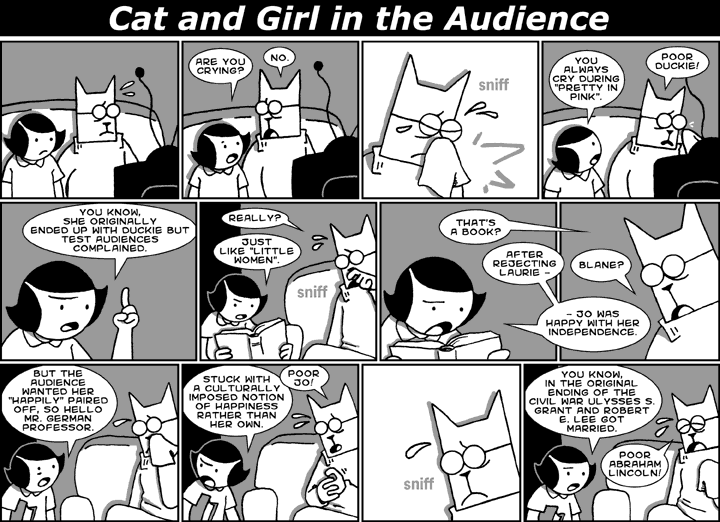Biomimicry, the law of unintended consequences, Chinese water torture
Via wikipedia:
Biomimicry or biomimetics is the examination of nature, its models, systems, processes, and elements to emulate or take inspiration from in order to solve human problems. The term biomimicry and biomimetics come from the Greek words bios, meaning life, and mimesis, meaning to imitate. Similar terms include bionics.
Law of unintended consequences
In the social sciences, unintended consequences (sometimes unanticipated consequences or unforeseen consequences) are outcomes that are not the ones intended by a purposeful action. The concept has long existed but was named and popularised in the 20th century by American sociologist Robert K. Merton. Unintended consequences can be roughly grouped into three types:
- A positive, unexpected benefit (usually referred to as luck, serendipity or a windfall).
- A negative, unexpected detriment occurring in addition to the desired effect of the policy (e.g., while irrigation schemes provide people with water for agriculture, they can increase waterborne diseases that have devastating health effects, such as schistosomiasis).
- A perverse effect contrary to what was originally intended (when an intended solution makes a problem worse)
Chinese water torture is a process in which water is slowly dripped onto a person’s forehead, allegedly driving the restrained victim insane. This form of torture was first described under a different name by Hippolytus de Marsiliis in Italy in the 15th or 16th century.
The term “Chinese water torture” may have arisen from Chinese Water Torture Cell (a feat of escapology introduced in Berlin at Circus Busch September 13, 1910; the escape entailed Houdini being bound and suspended upside-down in a locked glass and steel cabinet full to overflowing with water, from which he escaped), together with the Fu Manchu stories of Sax Rohmer that were popular in the 1930s (in which Fu Manchu subjected his victims to various ingenious tortures, such as the wired jacket). Hippolytus de Marsiliis is credited with the invention of a form of water torture. Having observed how drops of water falling one by one on a stone gradually created a hollow, he applied the method to the human body. Other suggestions say that the term “Chinese water torture” was invented merely to grant the method a sense of ominous mystery.

